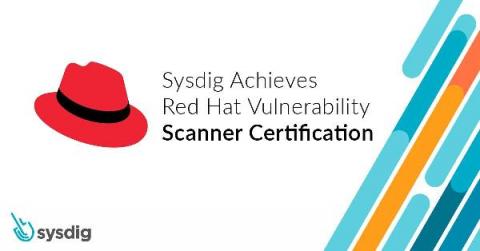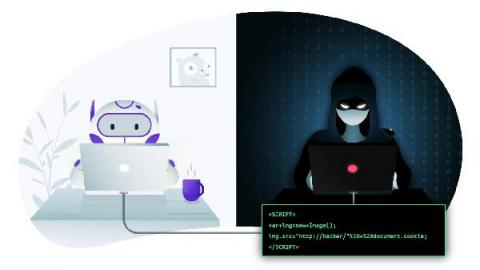Snyk IaC scanning enhancements include Azure and AWS infrastructure as code
Recently I wrote about Infrastructure as Code (IaC) and how Snyk’s IaC scanning can help catch issues in your templates before they make it to provisioning. Our engineering team continues to expand the breadth of our IaC scanning policies to better protect your platforms from vulnerabilities and issues.











